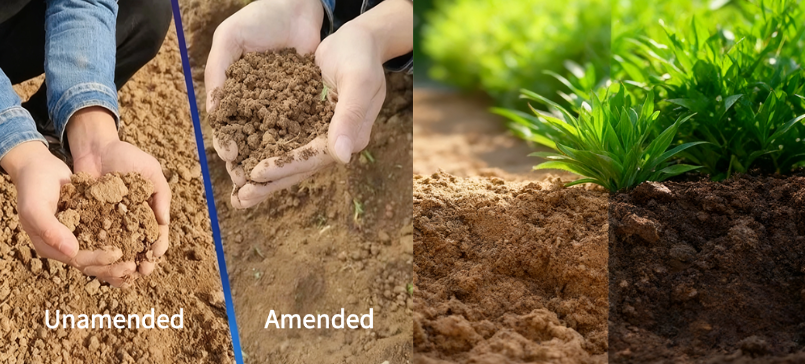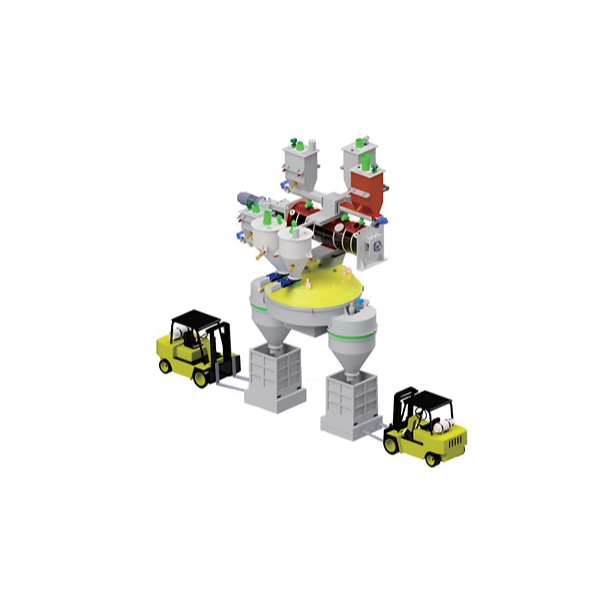Introduction: The Emerging Junction of Agriculture and Environmental Protection
Soil serves as the cornerstone of agriculture. Currently, the issue of soil degradation restricts agricultural development and poses a threat to the ecological environment. Environmentally friendly and recyclable soil amendments, centered on waste resource recovery, have emerged as a crucial breakthrough for the coordinated development of agriculture and environmental protection.
The Limitations of Traditional Soil Amendment Materials
Traditional soil amendments such as peat and chemical modifiers come with notable drawbacks. Excessive exploitation of peat damages wetlands and exacerbates carbon emissions. Long-term application of chemical modifiers impairs the soil ecosystem and may trigger secondary pollution, making the development of new types of materials an urgent imperative.
Environmentally friendly and recyclable soil amendments boast a diverse range of types. Organic materials, including crop straw and pine sawdust, can supplement soil nutrients and improve soil structure. Biochar, with its strong adsorption capacity, is capable of carbon sequestration and pollution reduction. Industrial solid waste, after proper treatment, can also regulate soil pH levels. Such materials integrate the advantages of eco-friendliness, long-lasting soil improvement effects and low cost. They can reduce pollution, achieve long-term soil remediation and cut down agricultural production costs simultaneously.


The Connection Between Waste Recycling Equipment and Eco-friendly Materials
Waste recycling equipment is the key link between "waste" and "eco-friendly materials," as it turns scattered, messy waste into standardized, high-value soil amendment raw materials via physical, chemical, or biological methods. In the treatment process, waste recycling equipment works through the entire production chain: first, it uses sorting tools (e.g., vibrating screens, magnetic separators) to remove impurities like metals and plastics, ensuring raw material purity; second, it crushes waste into fine particles with equipment (e.g., hammer crushers) to boost specific surface area, preparing for composting or pyrolysis—for example, pine sawdust needs waste recycling equipment to crush it into 5-10mm particles for even composting; finally, it uses conversion tools (e.g., compost tanks) to make waste harmless and resourceful, producing qualified soil amendments.
Besides agricultural and urban organic waste, construction/mining waste muck is another key source for soil amendments, and waste muck disposal equipment is vital for its resource use. Targeting muck’s complex composition and uneven particles, waste muck disposal equipment turns hard-to-use muck into functional soil amendments via grading, remediation, and conversion. Its process is highly targeted: first, it screens muck (e.g., with multi-layer screens) into coarse (>5mm, for soil structure) and fine (<5mm, for substrates); second, it cleans muck (e.g., wheel sand washers) to remove dust and heavy metals, reducing crop toxicity; finally, it mixes treated muck with organics (e.g., biochar) via mixers to adjust properties—like 8:2 muck-biochar mix for landscaping substrates. Without waste recycling equipment and waste muck disposal equipment, large-scale waste-to-amendment conversion is impossible.


Prospects for Eco-friendly Development
With the in-depth advancement of global sustainable development concepts, the collaboration between environmentally friendly and recyclable soil amendment materials, waste recycling equipment and waste muck disposal equipment will map out a brand-new blueprint for green agriculture development.

